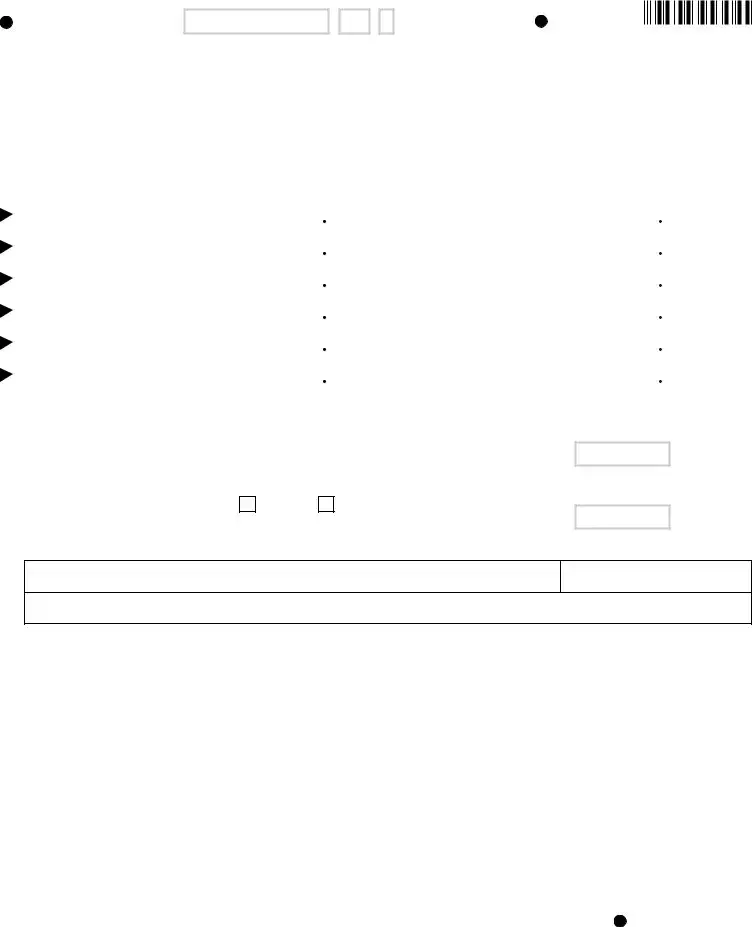The Form 941, Employer's Quarterly Federal Tax Return, bears a resemblance to the NYS-45 form. Both documents are utilized for reporting wages paid, taxes withheld from employees, and the employer's portion of social security and Medicare taxes. Just like the NYS-45, Form 941 is filed quarterly and requires detailed employee wage information, making it crucial for both compliance and accurate tax reporting. The primary difference lies in the jurisdiction, with Form 941 focusing on federal taxation while NYS-45 is specific to New York State.
Form W-3, Transmittal of Wage and Tax Statements, shares similarities with the NYS-45 form in that it summarizes employee wage information and tax withholdings for a given period. This form accompanies Form W-2, Wage and Tax Statement, when submitted to the Social Security Administration. Like the NYS-45 form, Form W-3 aggregates data pertinent to employee compensation and tax withholding but serves as a year-end summary rather than a quarterly submission, highlighting a key difference in their usage and timing.
State Unemployment Tax Act (SUTA) forms, which vary by state, are comparable to the NYS-45 form in that both are concerned with unemployment insurance. Employers use these forms to report wages and pay unemployment taxes at the state level. While the specifics and the form numbers might differ from state to state, the underlying purpose aligns with the unemployment insurance section of the NYS-45, emphasizing the commitment to support workers who may find themselves unemployed.
The Federal Unemployment Tax Act (FUTA) Tax Return, often associated with IRS Form 940, shares objectives with the UI component of the NYS-45 form. It details the employer's federal unemployment tax liabilities, focusing on contributions to the unemployment pool at a national level. Both forms play vital roles in financing unemployment benefits, albeit the NYS-45 also incorporates state-level data and additional tax withholdings beyond the scope of FUTA.
Form W-2, Wage and Tax Statement, is fundamentally linked to the NYS-45 form through the quarterly wage reporting and withholding information requirements. Employers annually provide Form W-2 to their employees and the Social Security Administration, detailing wages paid and taxes withheld. The NYS-45 form collects similar information but does so on a quarterly basis and includes specific New York State, New York City, and Yonkers taxes, making it a more frequent and locally focused counterpart.
The Quarterly Federal Excise Tax Return, known as Form 720, bears resemblance to the NYS-45 form in its periodicity and in serving as a mechanism for tax reporting. This form is used by businesses to report and pay federal excise taxes on specific goods, services, and activities. Similar to the NYS-45, Form 720 is filed quarterly, underlining the ongoing responsibility of businesses to manage and report their tax obligations throughout the year.
Form NYS-1, Return of Tax Withheld, complements the NYS-45 form by allowing businesses to report and pay withheld income taxes more frequently if required. While Form NYS-45 consolidates withholding tax and unemployment insurance information on a quarterly basis, Form NYS-1 may need to be filed more regularly by employers with large tax withholdings. This highlights how both forms contribute to the broader framework of employment tax compliance within New York State, ensuring accurate and timely tax collection and reporting.

